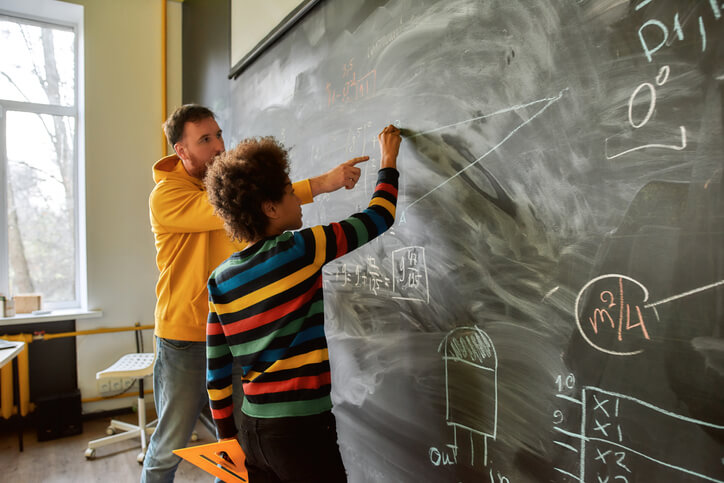
It’s been established that most children learn better when actively engaging with course content. For children, especially, play is a key facilitator of learning, and social interactions in classrooms can aid in developing problem-solving, interpersonal, and other essential life skills.
As an Education Assistant, your primary role is to support teachers and help create an inclusive learning environment. This involves making lessons accessible and understandable for all students, particularly those needing additional support.
After completing your EA training, one of the challenges you face is how to facilitate activities effectively in the classroom. You can make learning engaging, impactful, and fun with the right strategies. Here’s a step-by-step guide on facilitating activities successfully after your EA training.
1. Prepare in Advance and Set Clear Expectations
The key to successful facilitation after your education assistant training is preparation. Once you know the day’s activity or lesson, spend some time understanding the required objectives and materials. Collaborate with the lead teacher to gain insight into the expected outcomes and potential challenges.

Before commencing any activity, it’s crucial to set clear expectations. These can be in the form of rules, guidelines, or objectives. Clearly articulate what you expect from the students and what they can expect from the activity. This helps keep the students focused and on track.
2. Foster an Inclusive Learning Environment
Ensure that all students, especially those with special needs, are involved in the activity. This might mean adjusting or adapting materials, providing additional resources, or giving more individualized attention. Remember, each student’s contribution is valuable, and your role is to ensure they can participate to the best of their ability.
During the activity, be an active facilitator. Move around the room, observe student interactions, and be available for questions. This not only makes students feel supported but also allows you to gauge the effectiveness of the activity in real time.
3. Encourage Collaboration and Provide Feedback
As our education assistant courses emphasize, activities are more effective when they are collaborative. Encourage students to work together, discuss ideas, and share thoughts. As an EA, you can help foster this environment by posing open-ended questions, creating group tasks, or using discussion prompts.

Feedback is a powerful tool for learning. Whether during the activity or after its conclusion, provide constructive feedback to students. Recognize their efforts, positively address mistakes, and provide guidance on areas of improvement.
4. Use Your Education Assistant Certificate to Promote Progress
After the activity, take a moment to reflect. What went well? What challenges did you encounter? How did the students respond? Use this reflection to make necessary adjustments for future activities.
Finally, remember that you’re not alone on this journey. Collaborate with teachers and other EAs. Share experiences, discuss challenges, and brainstorm solutions together. A collective approach often yields the best results.
Are you interested in earning your education assistant certificate?
Contact DCC for more information.
